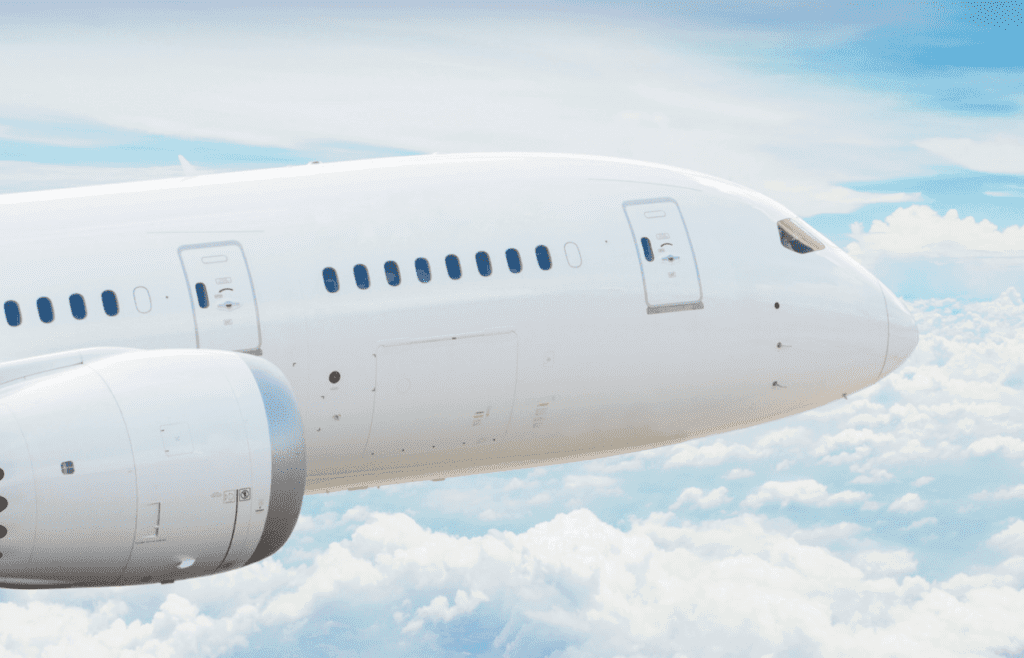
“Aviation has survived a pandemic-driven two thirds fall in demand. It is now ready to thrive.” (Photo: Avolon)
As many individuals make their New Year’s resolutions, commercial aviation companies have some predictions of their own. A report published by international aircraft leasing company Avolon set the stage for an optimistic 2023. The report predicted global air traffic will be back to pre-pandemic levels by June. It also highlighted opportunities to innovate the industry for economic gain and to make air travel more sustainable.
2022 was a recovery for airlines after the pandemic. There was a 70% increase in commercial air travel last year, primarily driven by increased passenger demand in North America and Europe. This increased demand made the airline industry profitable again, after 180 billion was lost in the airline sector in 2020 and 2021.

“Aviation demonstrated its resilience in 2022 as it rose above the crisis. 2023 starts off in a high-speed climb as the industry returns to ‘flight level,’ en route to profitability and growth again.” (Photo: Avolon)
Interestingly, airlines’ financial recovery progressed further than their capacity recovery last year. Air traffic was 25% lower than in 2019, but revenues were only 13% lower. The report indicated that airlines flexed their financial power since passenger demand was larger than available seats on flights.
“Boeing’s rebuild progressed in 2022 with increasingly steady 737 deliveries and a return to delivering the 787 after nineteen months tackling production quality issues,” the report states. “Airbus is facing its own challenges certifying the A321XLR but its commercial aircraft portfolio is well positioned, with four popular families delivering today and the A350F in development.”
Looking ahead to 2023, Avolon expects passenger demand to grow even more. With China’s recent reopening, passenger air travel will continue to increase in 2023, with the growth concentrated in Asia. It’s predicted that for every two new airline seats of airline capacity added, one will be added in Asia.
The report is unclear about if airlines will try to increase available seats to meet that capacity or simply raise their prices, though it does indicate there are opportunities for lessors, who now make up 53% of the commercial market, to lease more aircrafts to major airlines.

“Aerospace’s innovation cycle is facing the reality of a highly regulated industry. While almost 700 electric aircraft projects have been launched, only a small number are on a pathway to deliver a commercial product to customers.” (Photo: Avolon)
Finally, the report calls for airlines to double down on their sustainability commitments in 2023 and beyond. While sustainable airfare production tripled in 2022, it’s only at 1% of the target level by 2030. To reach the 2030 target, a $250 billion investment is needed over the next year.
The airline industry isn’t as smooth flying as it was in 2019 yet, but numbers are on track to hit pre-pandemic levels later this year. The increased passenger demand—combined with opportunities to innovate air travel to be more sustainable—could lead to a stronger recovery for both the industry and the climate.
Check out the full report from Avolon here >>